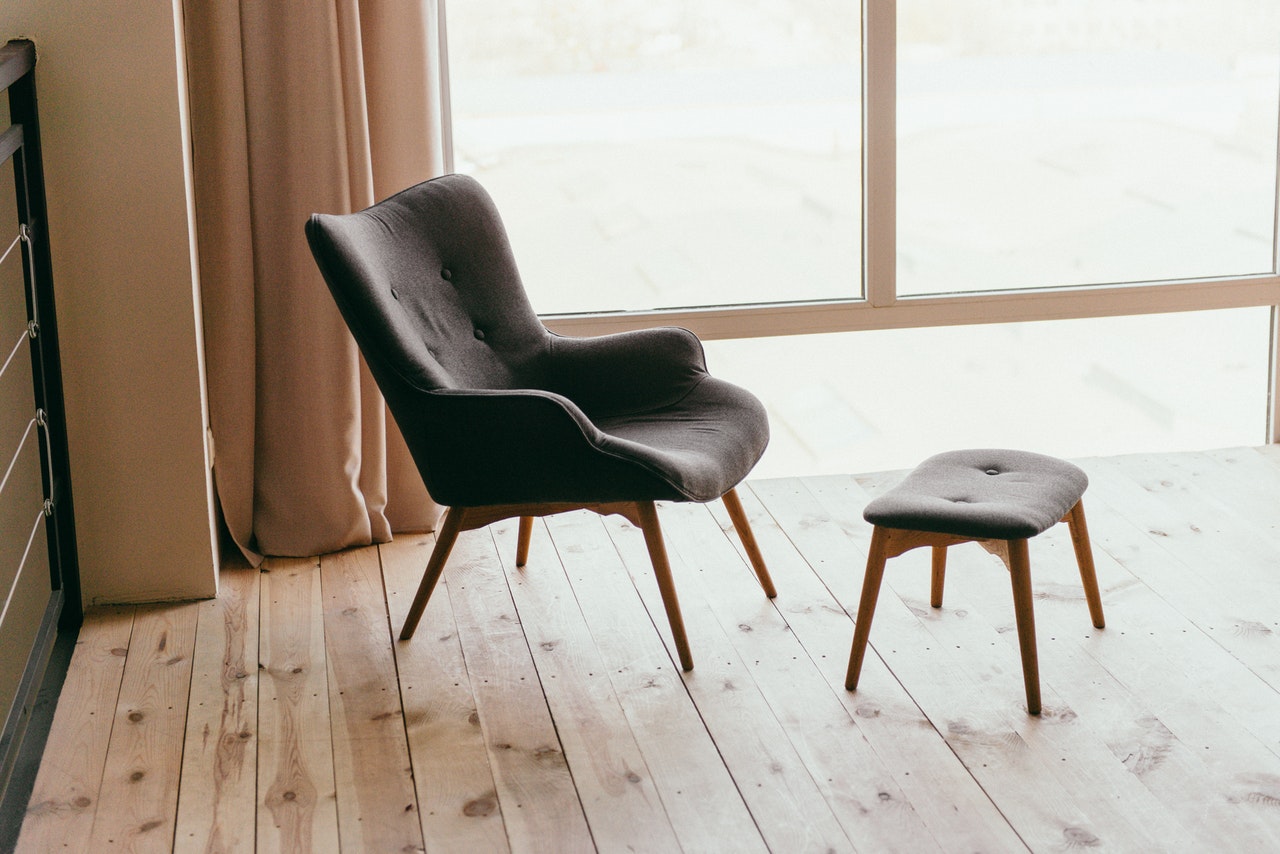Most of the property owners think floorings to be a simple covering they move on, to be more precise it holds a lot of stuff underneath, which you don’t see. Sustainable flooring was introduced in the early 1990s, under a niche demand.
Since, then it has been raising in popularity with more and more homeowners discarding the traditional flooring in search of better modern alternatives. At present, the flooring industry is giving out more options in terms of price, brand and luxury.
Beneath are the eco-friendliest flooring options in 2019;
Bamboo
One of the most appealing factors of this product is its durability, and the second one is its, similar appearance to hardwood. It’s an affordable and easily available material, unlike hardwood it doesn’t take much time to grow. Existence of these two qualities is inclining the popularity of the product.
Bamboo is actually a grass which grows fast after harvesting it. Bamboo needs no pesticides, and can work as a replacement for hardwoods. The purchaser can avail for two versions of bamboo floorings: carbonized & traditional. Carbonized bamboo is harder than the hardwoods, and offer several styles while traditional bamboo is durable and affordable compared to the carbonized one.
Laminate
Laminate is definitely an ideal alternate to genuine wood floors. The flooring was introduced in 1977, in Sweden, and later started to arrive in the international market in 1980. The newer version of flooring began to quickly spread to other European countries.
However, the laminate introduced in those eras was not the durable as of today. But the scenario has changed, though the composites of the laminate still remains. The general composition of laminate is composed of three layers.
The base layer of laminate has structure stability which works as a moisture barrier. While the thick middle layer is of wood composite. The top most layer of laminate flooring is the decorative layer containing several resin-treated celluloses giving floor a tough, durable surface making it visually appealing.
Laminate is guaranteed, has authentic embossed, hand scraped, guaranteed anti-static, multi-patent indemnity, stain and imprint resistant, micro-scratch protect, anti-slip classes, ABC anti-bacterial coating, and is eco-friendly.
Timber
Timber is that kind of material which can’t be replaced in terms of longevity, presence and feeling. The long-lasting nature of wood is something that is well worth investing. Timber is available in Solid & Engineered form.
Engineered hardwood is made up of 7 layers of wood in which the final top layer gives a veneer finish of the product. Hardwoods have several numbers of benefits. The quick installation process and the hardness of the product makes the product a favorite one for all. The versatility of the floor means it is just perfect for the basement areas.
Timber has numerous advantages; it is a wood derived from nature and therefore its safe to use. It is durable and can last for centuries. Due to the presence of low thermal conductivity it is best suited for every climate.
Further the earthy color of the woods, give an appealing and rustic feeling to the entire house.
Questions to ask before picking an Underlay
Flooring underlay is basically a thin material, sandwiched between the subfloor and flooring. The only purpose to keep underlay is to provide an even stable surface, dampen noise and improve stability. It is also a kind of necessity for radiant heating.
Once installed, does it need replacement frequently?
A subfloor serves as a structural basis. Therefore, it is permanently placed but sometimes under certain scenario is does need to be changed (if the subfloor is made of plywood or OSB).
Signals which gives you hint towards dub-floor replacement;
- An uneven surface floors.
- Squeaking noises.
- A leaked ceiling or a musty smell.
What kind of under-lay should be chosen?
Normally, a rigid underlay comes in the form of plywood. These are affordable and are widely available in the market.
The other one is, pre-fabricated sub-floor tiles, an expensive underlay but durable and easy to install.
Incase, if you are installing tile floor, then a cemented underlay is needed, while for timber floors, you will be needing a plywood underlay not less than 12mm thickness.
How thick should the underlay be?
A standard underlay is usually 3mm thick. These only helps to reduce sound degree while it refrains from moisture protection.
The thickness of your underlay depends on the flooring. For solid & engineered timber 3mm to 6 mm thick underlay is needed, for laminate we need 1 mm to 1.5 mm thick.
Underlay flooring is highly desirable for worn out subfloors. It doesn’t only reinforce and smoothen the floors, but also make it easier to walk.
Are you planning to install sub-floor to an old floor?
Old floor can sometimes act as a subfloor but it is not stable enough. If you don’t want to lay an underlay you can use a foam or a cork. These a re floating underlays which works well with if one is installing laminate over wood or tile flooring.



